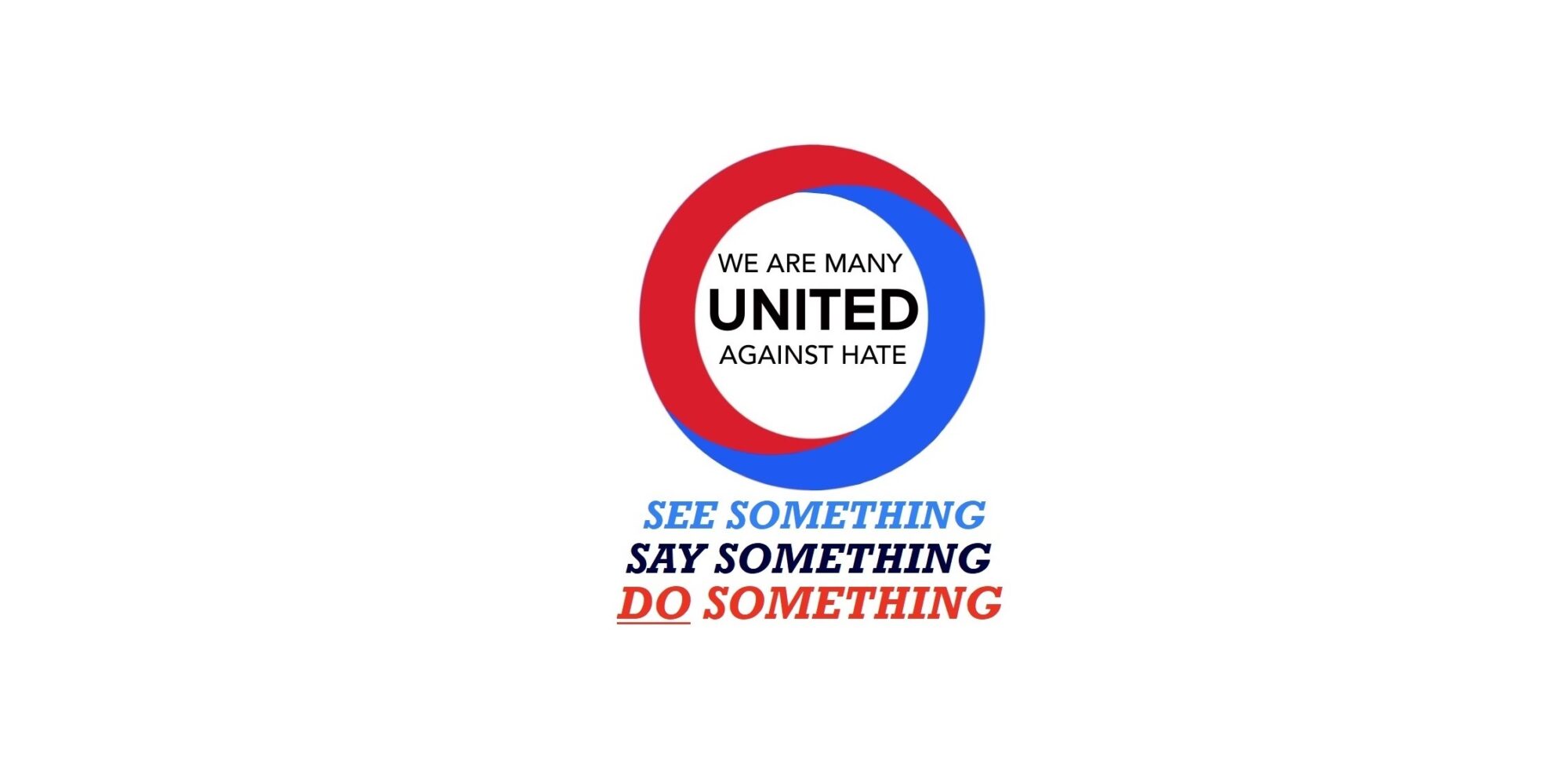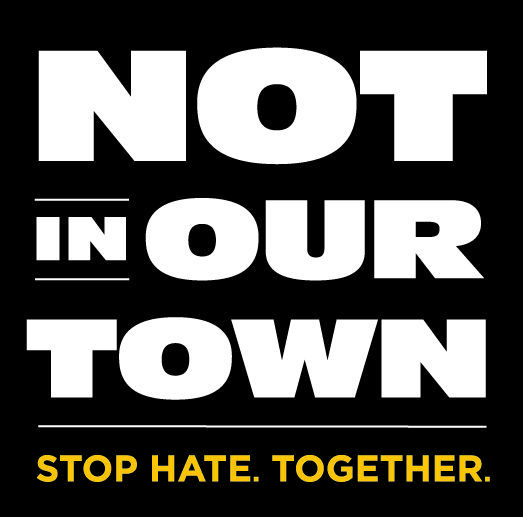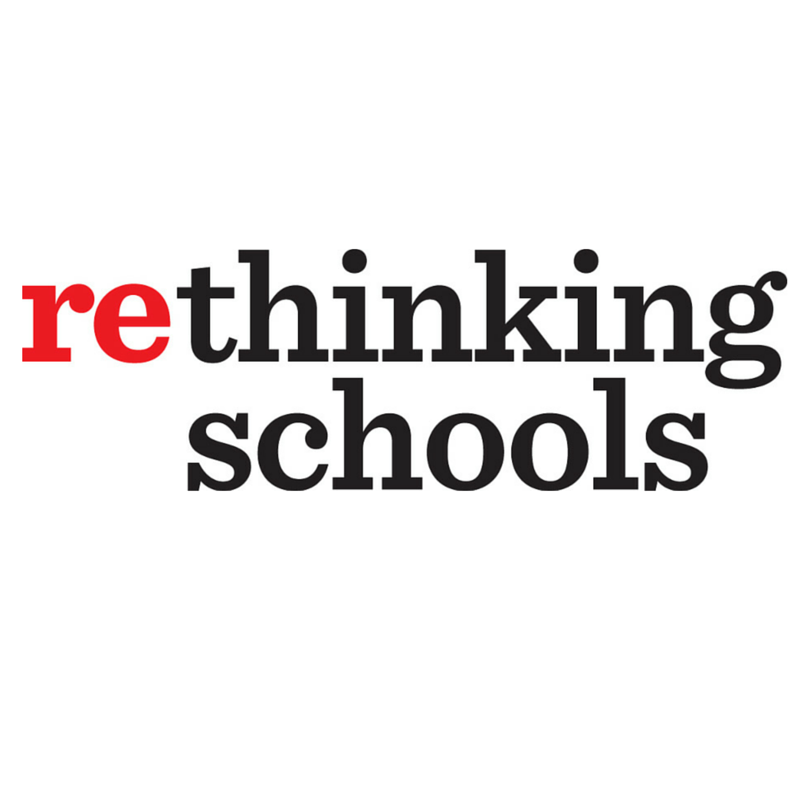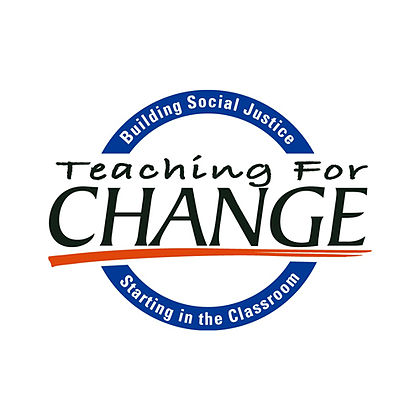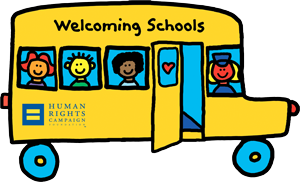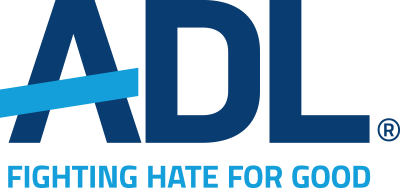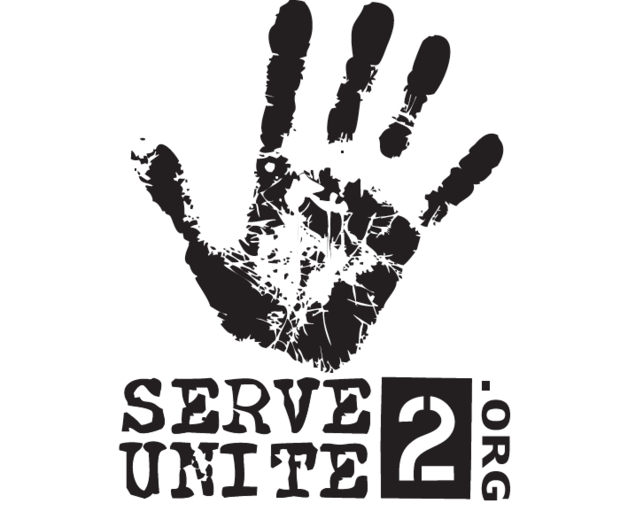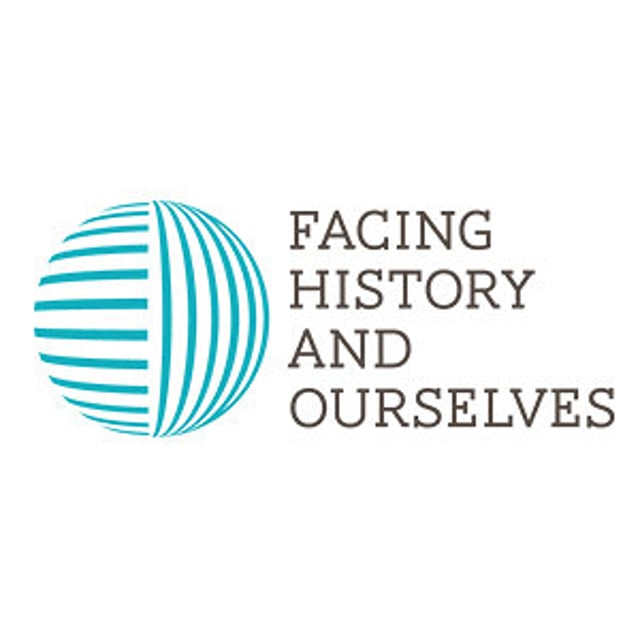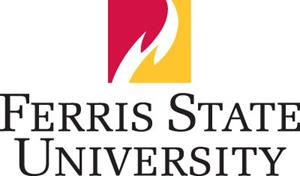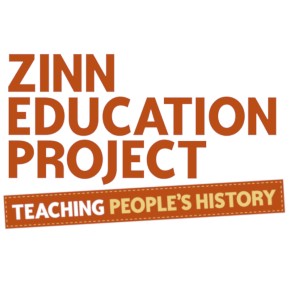Resources for Students, Teachers, and Administrators
The following sites provide powerful resources for schools committed to promoting inclusiveness and combating hate. These resources all come highly recommended by a small team of students, teachers and administrators from Wisconsin schools, who filed detailed evaluations with the Education Committee of We Are Many—United Against Hate. The description of each site summarizes their remarks; to see their comments in full, click here.
This project was funded by a grant from the Wisconsin Department of Public Instruction.
Responsibility for each site’s content and expressed opinions belongs entirely to the sponsoring organizations, not to We Are Many—United Against Hate or Wisconsin Department of Public Instruction.
Please click HERE to see the flyer.
Sites Directed at Schools and Teachers
Not In Our Town – Unit on “Not In Our School”
Not In Our School is a program that creates safe, accepting and inclusive school communities. Not In Our School provides training, films, lesson plans and resources that inspire students to take the lead in standing up to bullying and intolerance in their schools.
Includes
Lesson plans searchable by multiple categories, including by grade; an action kit helping schools respond to bullying, hate, and bias; and a resource guide covering numerous issues.
Contributions
Provides many resources; pushes for creative solutions for inclusiveness in schools; offers positive stories about stopping hate groups, as well as ways to unite the community, churches and schools; gives historical perspectives and information about religions; challenges myths and misinformation; empowers students.
Strengths
Links in Spanish; premade videos that are easy to use; easy accessibility; up-to-date blog on hate issues; sound lesson plans; solid web design.
Weaknesses
Format could be updated, and the site can be overwhelming; some materials may be too costly, and the push to donate is strong; some school lessons are miscategorized.
Recommended age groups
Grades 7-12; might also be appropriate for students in grades 4-6.
Additional considerations
High quality of resources; site looks ancient but is still updated.
Rethinking Schools
Rethinking Schools began as a local effort to address problems such as basal readers, standardized testing, and textbook-dominated curriculum. Since its founding, it has grown into a nationally prominent publisher of educational materials, with subscribers in all 50 states, all 10 Canadian provinces, and many other countries.
Includes
A quarterly journal with articles, editorials, commentaries and book notices directed to teachers. PDFs can be purchased.
Contributions
Large compendium of book and magazine articles on a wide range of topics including race relations, activism, schooling in the face of the coronavirus, and bullying; the resources are useful for planning and adding curriculum; materials provide robust viewpoint on historical issues.
Strengths
Easy to navigate; blog is good and up-to-date; eye-catching layout; wide range of topics; content of some books can be reviewed before purchase.
Weaknesses
At first glance appears to be a commercial website; geared specifically towards educators, not students/general public; some partisan content; little of the material is free; does not have lesson plans.
Recommended age groups
Material is primarily directed towards grades 7-12, but there are items of value for grades K-6.
Additional considerations
Games page could be useful but is found only at the very bottom of the main page; site seems geared more to educators than to students; occasionally displays partisan bias.
Teaching For Change
Teaching for Change provides teachers and parents with the tools to create schools where students learn to read, write and change the world.
Includes
The teaching resource section covers such areas as Anti-Bias education, Black Lives Matter at School, and Islamophobia.
Contributions
Extensive resources; content focuses on early-education anti-bias training; has an entire section dedicated to parent organization; facilitates discussions and teaching of current events with a culturally responsive lens.
Strengths
Easily navigable; materials pertain to many different grade levels as well as to parents and educators; focus allows for more in-depth material in each section; break-out topics are beautifully presented; the parent outreach section is a unique and wonderful addition; the social justice book list is extensive; covers both professional development and practical lesson planning.
Weaknesses
Security check to sign up for mailing list; difficult to narrow search for materials and lessons by grade level.
Recommended age groups
All grades, especially 7-12.
Additional considerations
Vast supply of resources and links; provides resources for adults so that they can learn the material they should be teaching; ideal for teachers in Washington, D.C. area, but there should be plenty of resources for a Wisconsin teacher.
Welcoming Schools
HRC Foundation’s Welcoming Schools is the nation’s premier professional development program providing training and resources to elementary school educators to embrace all families, create LGBTQ and gender inclusive schools, prevent bias-based bullying, and support transgender and non-binary students.
Includes
Resources section contains such things as lesson plans, videos, and LGBTQ Definitions for Adults and Students.
Contributions
A very helpful resource for LGBTQ topics and one that is aligned with the common core standards; teaches teachers through workshops to address LGBTQ discrimination; comprehensive materials, from workshop outlines to free lesson plans to research papers.
Strengths
Professional-looking, with many resources and organized tabs; lots of lesson plans for K-3; aligns with common core, easily integrates into existing SEL programs; provides lesson plans, LGBTQ gender and sexuality definitions, videos, support and contact, educational and fictional LGBTQ reading material.
Weaknesses
Lacks strong ties to social justice movements beyond LGBTQ; homepage is not well-organized.
Recommended age groups
All grades.
Additional considerations
Place to go for presenters for a LBGTQ workshop; site is more workshop-oriented than resource-oriented.
Organizations Combatting Bias, Hatred, etc.
Anti-Defamation League
To stop the defamation of the Jewish people, and to secure justice and fair treatment to all.
Includes
Educational resources for educators, parents, and families, with such features as anti-bias tools and strategies, lesson plans on such subjects as racism and sexism, resources to prevent cyberbullying, and a “No Place for Hate” coordinator handbook and resource guide.
Contributions
Focus is on antisemitism and fighting hatred of Jews, but it also has a massive amount of resources for fighting hatred expressed against many minority groups; site includes several blogs, webcasts, and podcasts on combating hate, as well as a whole section devoted to local programming and anti-hate training.
Strengths
Lessons plans are free, easy to use, and up to date; site is easy to navigate; has broad appeal to many different groups; site is comprehensive, and includes lessons for all ages, research papers, anti-hate programs and training, civil rights blogs, webcasts, videos, podcasts, FAQs, database and libraries of hate symbols and hate incidents; uses blended learning, with online lessons as well as classroom lessons; showcases strong connections to other social justice organizations.
Weaknesses
None.
Recommended age groups
All grades, particularly 7-12.
Additional considerations
Great resource for Jewish history/defamation and also anti-bias as a whole; displays some bias in covering Arab-Israeli conflicts.
Serve 2 Unite Program of The Gift Of Our Wounds
Serve 2 Unite is a proven means of establishing a healthy sense of identity, purpose, and belonging that diverts young people from violent extremist ideologies, gun violence, school shootings, bullying, and substance abuse, along with other forms of self-harm.
Includes
The S2U Curriculum is designed to foster a healthy sense of identity, purpose, and belonging, while The Gift of Our Wounds Curriculum is intended to assist with healing after trauma and emotional intelligence development.
Contributions
Site’s core is the school presentation/program related to the story of the shooting at the Oak Creek Sikh Temple in Milwaukee, and the subsequent relationship between former white supremacist Arno Michaelis, whose old gang produced the shooter, and Sikh Temple member Pardeep Singh Kaleka, who lost his father in the event; promotes inclusivity for all who have faced abuse or been through various forms of trauma; combats hate through presentations, workshops, art, and storytelling.
Strengths
Easy to navigate; includes personal accounts of overcoming hate that people can listen and connect to; narrow focus of the content brings the material straight to students and teachers; site’s language is sensitive and avoids overly victimizing those who have faced abuse or trauma; curriculum centers on how to forgive, heal, and hear the pain of others.
Weaknesses
Layout could use an upgrade; the lessons in the curriculum do not speak to the Kaleka-Michaelis story.
Recommended age groups
Grades 7-12.
Additional considerations
The curriculum is deep and emotionally intense; not all teachers would feel comfortable facilitating conversations based on it.
Teaching Tolerance Program of the Southern Poverty Law Center
Teaching Tolerance was founded in 1991 to prevent the growth of hate. The program emphasizes anti-bias and social justice.
Includes
The classroom resources section has such features as lessons, learning plans, student texts, student tasks, and teaching strategies, while the professional development section offers such aids as workshops, webinars, and podcasts.
Contributions
Free resources for all ages with a curriculum that covers social justice and anti-bias topics; more than 10,000 different items targeted to either teachers or students, broken into eight subcategories of interest: race & ethnicity, religion, ability, class, immigration, gender & sexual activity, bullying & bias, and rights & activism; provides lesson plans, texts, films, webinars, and trainings; has powerful social media presence.
Strengths
Comprehensive coverage, including material on mental health; free DVD/kits; frequently updated to deal with current events; provides social justice standards; huge breadth of quality material; website features strong filtering and search capacities, which allow someone to pick a specific topic, filter the age group, and choose their resources.
Weaknesses
Resource library has few Wisconsin-specific plans.
Recommended age groups
All grades.
Additional considerations
The “go-to” site for two evaluators, the “king of all civil rights educational programs” according to a third.
Historical Materials
Facing History And Ourselves
Facing History and Ourselves uses lessons of history to challenge teachers and their students to stand up to bigotry and hate.
Includes
The site provides resources about such issues as race in U.S. History, global immigration, bullying and ostracism, and antisemitism and religious intolerance.
Contributions
Uses history lessons to connect students to current issues; strives to combat hate by teaching social studies teachers to make personal relationships with past actors in order to understand their decisions; gives voice to marginalized populations and peoples omitted in many standard textbooks and curriculums.
Strengths
Easy to navigate; primary sources; strong lessons plans; over 4,500 pieces of instructional content, including lesson collections, instructional units, books, teaching strategies, individual lessons, articles, DVDs, streaming videos, blogs, and image collections; organizes lessons by topic; offers teaching strategies.
Weaknesses
Website layout minimizes material that is readable on a laptop screen; classroom collection does not filter by age groups, making its results difficult to decipher.
Recommended age groups
Grades 4-12.
Additional considerations
Updated information on COVID pandemic.
Jim Crow Museum of Racist Memorabilia, Ferris State University
The mission of the Jim Crow Museum is to use objects of intolerance to teach tolerance and promote social justice.
Includes
Images and videos depicting a wide range of racist stereotypes, as well as ways for battling such imagery and lesson plans designed to correlate with the museum experience.
Contributions
Interactive website with many resources for opening discussions of race and slavery; uses racist memorabilia to teach students about how Black Americans have been stereotyped and discriminated against; uses objects of historical significance to promote tolerance; includes a virtual museum tour.
Strengths
Tons of images and primary sources for classroom use; offers explanations and texts to decode racial imagery and stereotypical language; more than any other site, it goes into a detailed explanation and discussion of the various caricatures of African Americans throughout American history; presents real artifacts that show how racism is embedded in a culture.
Weaknesses
Website is clunky; great artifacts but not much education/research beyond that; some of the plaques in the virtual museum are not clear enough to read.
Recommended age groups
Grades 7-12.
Additional considerations:
The virtual tour is “haunting”; there is a risk in presenting items and language that are hurtful, though there is much to be gained by doing so.
United States Holocaust Memorial Museum
A living memorial to the Holocaust, the United States Holocaust Memorial Museum inspires citizens and leaders worldwide to confront hatred, prevent genocide, and promote human dignity.
Includes
Sections on learning about the Holocaust and antisemitism, and online tools for teaching about the Holocaust and other genocides and mass atrocities.
Contributions
Focus is to make sure that Americans never forget the Holocaust and other genocides around the world; explains the power of organized hate through brainwashing; offers a variety of perspectives on the Holocaust.
Strengths
Features excellent lesson plans, tons of primary sources, Holocaust Encyclopedia and other tools to teach about genocide prevention and antisemitism; exceptional use of historical images; contains a large section of survivor stories to personalize the victims and connect their lives to those of today’s students; stories offer conversation prompts.
Weaknesses
Much of the site is text-based and may deter students who struggle with reading.
Recommended age groups
Grades 7-12; might also be appropriate for students in grades 4-6.
Additional considerations
Excellent preparation for a field trip to the Museum.
Zinn Education Project: Teaching People’s History
The Zinn Education Project promotes and supports the teaching of people’s history in middle and high school classrooms across the country. Based on the lens of history highlighted in Howard Zinn’s best-selling book A People’s History of the United States, the website offers free, downloadable lessons and articles organized by theme, time period, and reading level.
Includes
Filters to search for teaching materials by period, theme, resource type, and grade level. Covers a huge range of subjects from the fifteenth century to the present.
Contributions
Free resources, lesson plans and other teaching materials in an easy-to-use format; presents perspectives from “ordinary” historical actors representing a wide variety of peoples and groups.
Strengths
Easy-to-use, drop-down menu for topics and grade levels; highly effective series of different formats for all learners; downloadable library features over 1,700 lesson plans, books, articles, etc.; the “This Day in History” series provides a brief overview of a historical event (plus a link to more details) that will likely not be found in most textbooks.
Weaknesses
Teaching materials page can be overwhelming; much of the material to help teachers is recycled from the Rethinking Schools website and the Teaching for Change website because the two organizations are co-coordinators of this project.
Recommended age groups
All grades.
Additional considerations
Campaign section pushes activism on several fronts.
